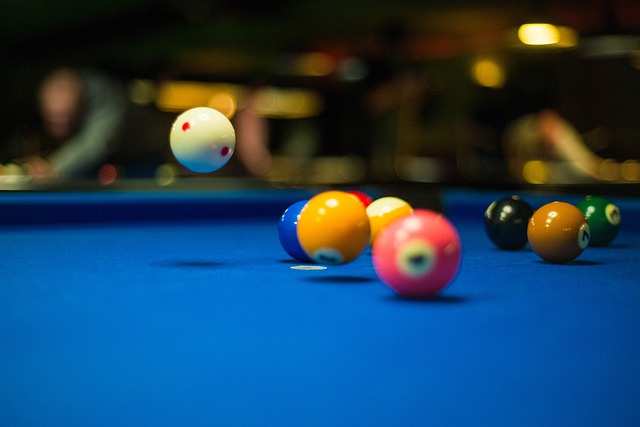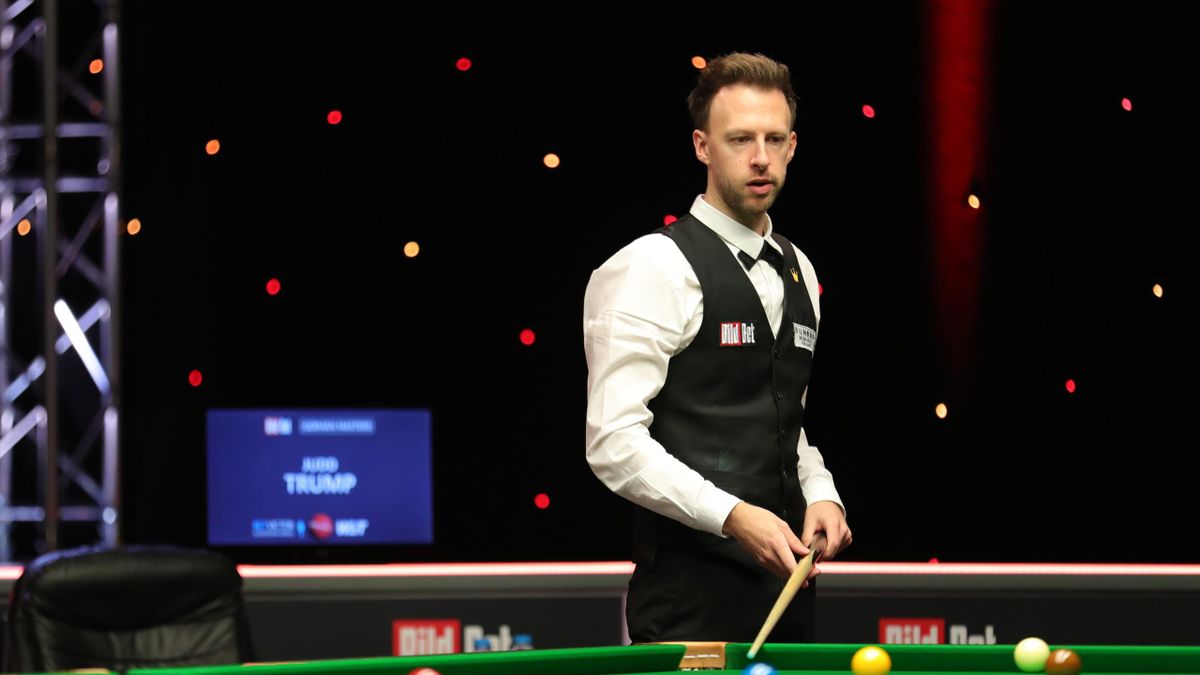
The rules of dodgeball have simple and easy to follow. To protect their heads from direct headshots, players must take precautions. They must also protect themselves against dead balls. These rules can be enforced if necessary by a referee. The game ends when a player is eliminated. This game was originally played in gyms or camps. Although there are rules to follow in competitive games of dodgeball, it is easy enough to play in any environment. The selection of teams can be as simple as lining up or as complex as drafting players.
Players must be cautious about taking direct headshots.
Players need to take evasive actions in order to stop a player from taking a direct headshot. A player is considered to have received a direct headshot if the ball hits their head directly without making contact with anything. The ball must have not touched anything before hitting the head of the player. The ball can also deflect off their bodies or hands before hitting the head. Also, the ball must not have touched anything before hitting a player's head. Any action that moves the player from this position will automatically negate the headshot.
In dodgeball, players must protect themselves from direct headshots. If the ball strikes a player's head and leaves the thrower's hands, it is considered dead. The player who takes a direct headshot while standing straight is considered safe. However, any player being hit in the forehead while prone will be called to attention.
Dead balls
Dead balls are balls not being used in a game. These balls are used to make sure that no player receives multiple hits from the exact same object. A small court with a centerline and two sideslines is used for dodgeball games. The game is self-refereed and is governed by honour rules. Four referees are located at the middleline. They will confirm hits and count time until the ball is in the possession of each player. Each team starts with one ball. Two balls are placed at the center of the court. Each team has a five-second grace period before releasing a ball.

If a dodgeball is thrown from a team, it will automatically be deemed dead ball if it crosses beyond the boundary line. This means that any player who crosses the boundary of the opposing team is out. You must ensure that your ball is kept in the same place for at least ten seconds.
Unsportsmanlike conduct
The game of dodgeball has specific rules that must be followed by all participants. Participants must wear shorts or shirts that don't have any sharp metal parts and must also not wear jewelry during dodgeball. To keep the game running smoothly and ensure safety, a referee will be present at all times. The referee is also responsible for ruling on contested plays. The referees' calls are final and cannot appeal. A player who is caught breaking the rules will be warned. Referees can issue technical fouls, depending on how serious the violation is.
Participants who engage in dangerous throwing behaviors will be disqualified from the game. This behavior will result in the game being forfeited. Throws that are high or close to the head of an opponent player are considered dangerous throws. If a player is ejected for this offense, the throwing player will be ejected from the game and he/she will not be able to participate in any other games for the rest of the match.
Overtime rules
Dodgeball is a sport in which players attempt to catch a live ball before it touches the ground. To play, players must keep within the court's boundaries. A player who steps beyond the line is out. Players can also be kicked out if they touch the ground beyond the center line or attempt to kick the dodgeball. If there is a tie in the game, overtime can take place to determine the winner.
Each team can only retrieve three (3) balls right of the center hashi. Before legal throwing, they must be in line with their attack line. Overtime has a limit of three minutes. The winning team with more players will win.

Neutral zone
The area surrounding the centerline of the dodgeball court is called the neutral zone. The neutral zone is an area where players may not be hit or stepped on. However, they can leave the area if necessary. There are many offensive and defense strategies that can be used against an opponent within the neutral area, but players must not be hit or touched.
There are two teams of six playing on the court. The balls on either side of the court are the teams's property. Within 10 seconds, the team that has the most balls must give it up. Each team has two ball retrievers to collect off court balls. For interfering in the ball collection or for stepping into neutral territory, ball retrievers can be sent off.